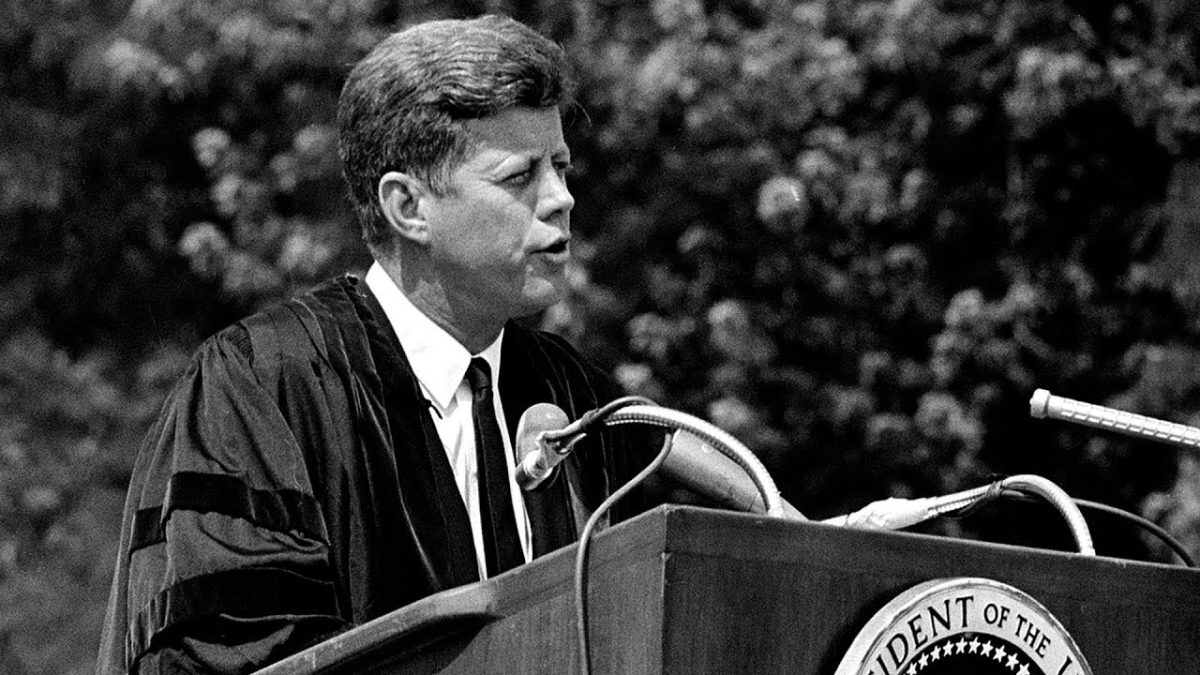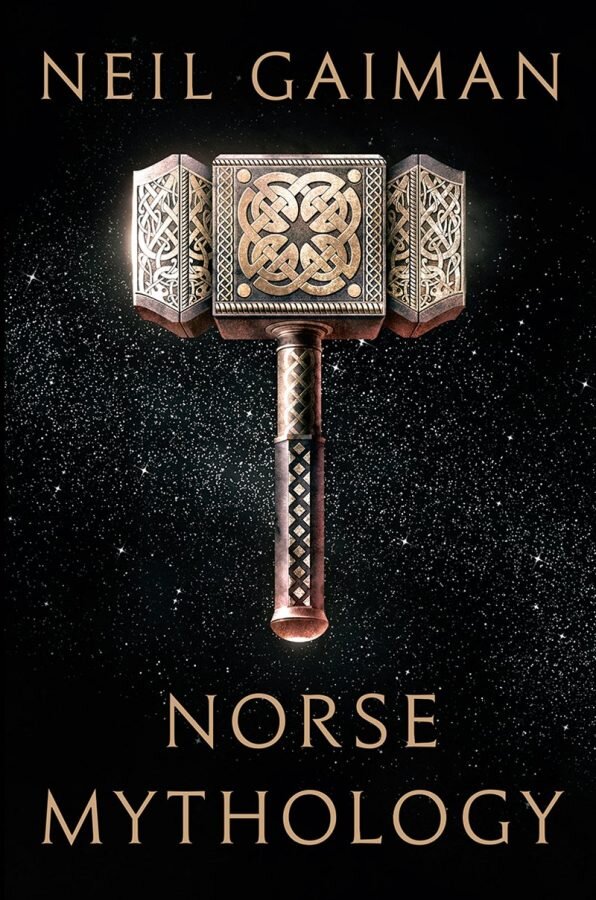Ana Marbett, Online Editor
Originally published April 6, 2017
Neil Gaiman, author of “Good Omens,” “The Graveyard Book” and graphic novel “Sandman,” returns to the literary scene with his rendition of the ancient Norse myths, “Norse Mythology.” Gaiman is famous for his storytelling voice, which is perfectly equipped to bring the Norse gods and goddesses out from under the shadow cast by Homer’s “The Iliad” and “The Odyssey.”
Gaiman is without a doubt a master storyteller, lassoing the scattered Norse myths and arranging them into a beautifully bound book that follows a satisfying story arc. Although the Norse myths are often portrayed as independant tales, Gaiman’s use of characterization and humor gives the illusion of having one single plot. The myths follow in chronological order and Gaiman references events from previous chapters to tie up the novel.
Gaiman fans will be able to distinguish his very unique skills which show in each and every character with their profound depth. The gods and goddesses in Greek and Norse myths are often portrayed as static and flat characters with little to no depth. Gaiman succeeds in recreating the gods with round and fluctuating personalities that develop as the book continues, enhancing the narrative structure. It is refreshing to experience these ancient figures as relatable characters rather than the all-powerful and perfect image of the gods that comes to mind.
Although Gaiman successfully brings life to the ancient myths, throughout the book there were several lulls which lacked Gaiman’s unique language and became quite dull. Expectations were that Gaiman would inject more creativity into his rendition of the myths, but as the title informs, this book is quite literally the Norse myths just with the soft undertones of Gaiman’s distinguishable voice.
The book’s final chapter, “Ragnarok: the Final Destiny of the Gods,” is a series of brutal incidents that end with the death of the gods and the beginning of a new world. The chapter is frantic and desperate as the gods fight for their lives and for the earth against the evils of the world, instilling a sense of despair into the reader.
The despair is soon followed by a reassuring wave of hope as the new world is born that is increasingly relevant to the real world’s current predicament. Gaiman uses these underappreciated myths to ingrain hope into the hearts of those who feel as if their lives are being torn apart by the evils of our society just as the lives of the Gods of Asgard were torn apart by the evils of their world.

























